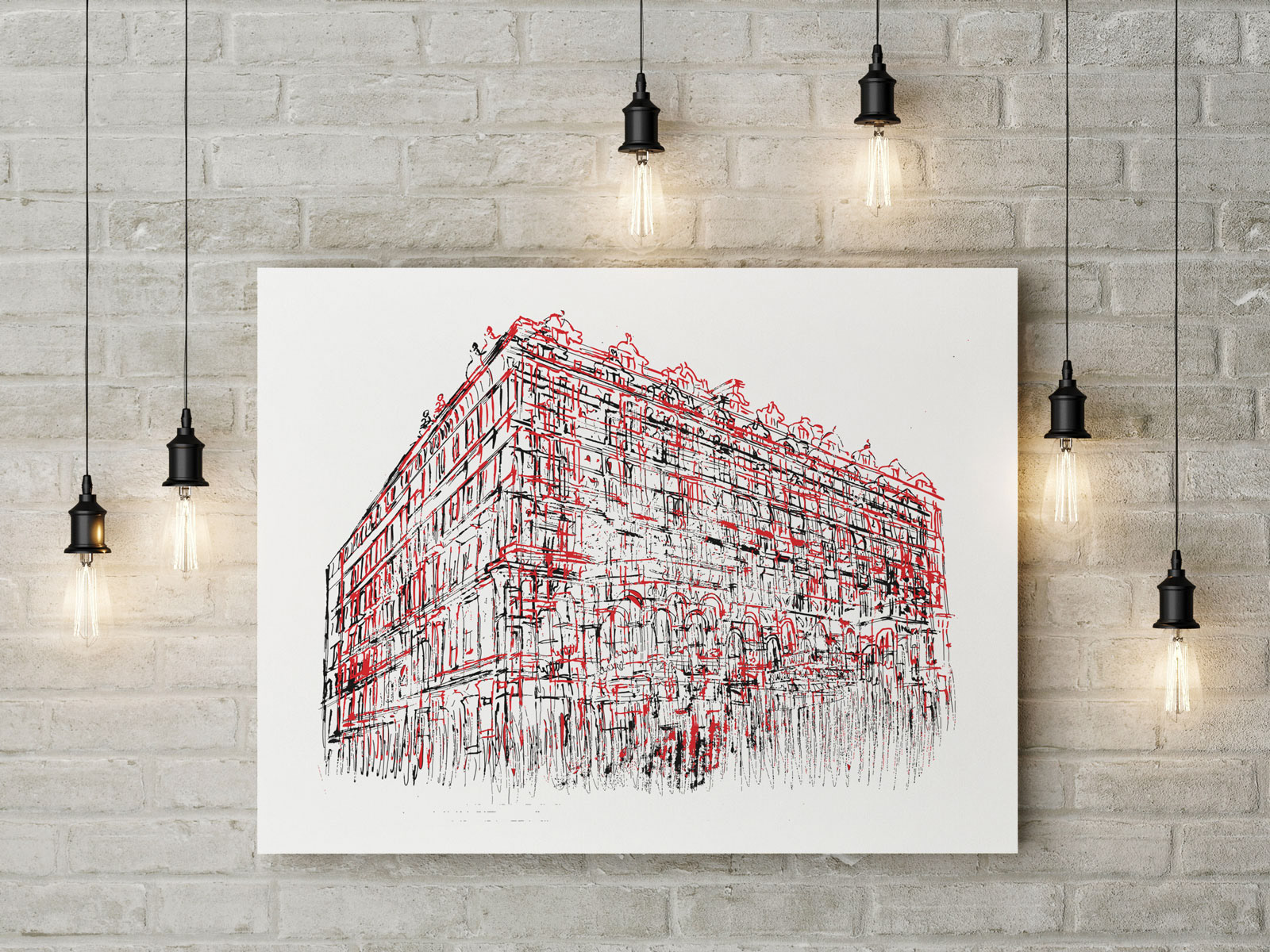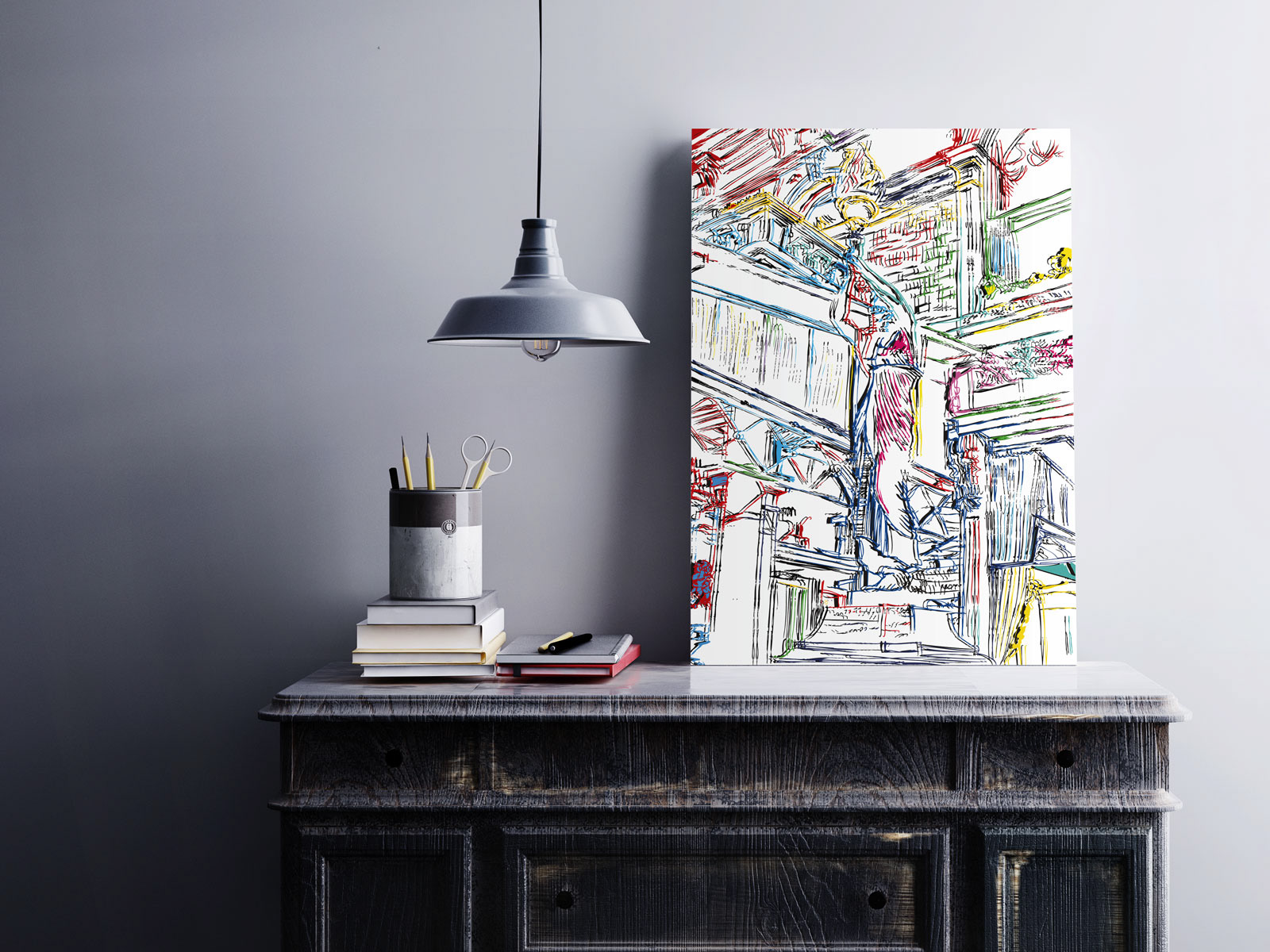
S H E L B O U R N E B R A N D
Nearly two hundred years ago, a Tipperary man called Martin Burke had a vision; he wanted to open the most fashionable hotel in Dublin's most exclusive area, offering supreme hospitality for the most demanding clientele. In 1824, despite criticism, his vision started taking shape when he leased three townhouses on the edge of Stephen's Green. (Theshelbourne.com, 2022)
Mr Burke wanted his business to be associated with nobility and heritage. A deliberate choice of naming it after a Prime Minister of Great Britain, William, 2nd Earl of Shelbourne, who once owned property on Stephen's Green Street, contributed to the overall success (Theshelbourne.com, 2022). Today we call it brand design and customer experience.
Mr Burke's visionary and entrepreneurial talent, progressiveness, and flair for innovation gave birth to a powerful brand, Shelbourne Hotel. Martin Burke's vision was carried with great success for almost two centuries - progressing and adapting to changing circumstances and times, even withstanding times of war. In 1922 under the chairmanship of Michael Collins, the committee met in Shelbourne to draft the Constitution of the Irish Free State. With such a legacy, no wonder why; Burke's vision and mission remain as strong as from their conception. (Theshelbourne.com, 2022)

D I G I T A L I L L U S T R A T I O N S
I created my illustrations back in Ballyfermot College in pursuit of finding a personal style. Presented with the magnificent story of Shelbourne, through the study of its location and gorgeous exterior, we were invited to come up with a set of illustrations. The context of Shelbourne and the freedom of visual interpretation unlocked my abstract idea rooted in a concept of fluidity. The passing of time versus Shelbourne and its statues, hundreds of years of stories, changing mindsets, and circumstances made me curious. I chose dynamic, scattered lines and mixed media: ink, scanner, and Illustrator - a modern approach expressed with colour and technique.

S T A T U E S & S L A V E R Y
In 2020, the world event of the Black Lives Matter movement called for attention to the legacy and slavery across the globe. Confusion about the reference and origin of the Shelbourne statues, and their potential association with slavery, made Shelbourne Hotel management mind to remove the sculptures. (McGreeny, 2020)
In the 1850s, the architect and a designer of Shelbourne's facade, John McCurdy, ordered two “Égyptienne” and two “Négresse” female statues from a french catalogue of the Val d'Orsne foundry. The term “Négresse” was used by the French in the mid-19th century and meant 'of African origin'. The statues were designed by a sculptor, Mathirin Moreau, who partnered with Val d'Orsne foundry. As a director, he supplied models to be mass-produced and sold under his famous name. (McGreeny, 2020)
An art history lecturer at the University of London, Kyle Leyden, disagrees with the association of slavery with the statues. Leyden, stresses that several statues in the catalogue are labelled as Nubian, but not the two chosen by McCurdy. He further explains the 'Nubian slave' was a well-known and fetished nineteenth-century visual trop. However, such statues were usually male or female nudes depicted in poses of servitude. Shelbourne statues are not slaves nor shackled, and all four wear golden anklets as a symbol of their aristocratic rank. A description from Elizabeth's Brown book (1951) on Shelbourne Hotel: "Nubian in aspect; holding a torch-shaped lamp. Two of the four are princesses; two are slave-girls" is thought to be a possible link to this false information. However, Leyden explains that the publication was never intended to be an academic piece and that the slave assertion was Bowen's romantic imagination. (McGreeny, 2020)
Thankfully, Dublin City Council addressed the radical act of statue removal. Restored and finally cleared from slavery association, the Four statues of Shelbourne Hotel can be admired by the public once more. The whole incident warns us of how important it is to base judgment and decision-making on truth and academic facts rather than the pressure of public opinion.
References:
Theshelbourne.com. (2022). Historic Hotels in Ireland – The Shelbourne Dublin. Retrieved 9 August 2022, from https://www.theshelbourne.com/history
McGreeny, R. (2020). Shelbourne Hotel statues do not depict slave girls, says leading art historian. Retrieved 1 July 2022, from https://www.irishtimes.com/news/ireland/irish-news/shelbourne-hotel-statues-do-not-depict-slave-girls-says-leading-art-historian-1.4318586
Thank you :)
